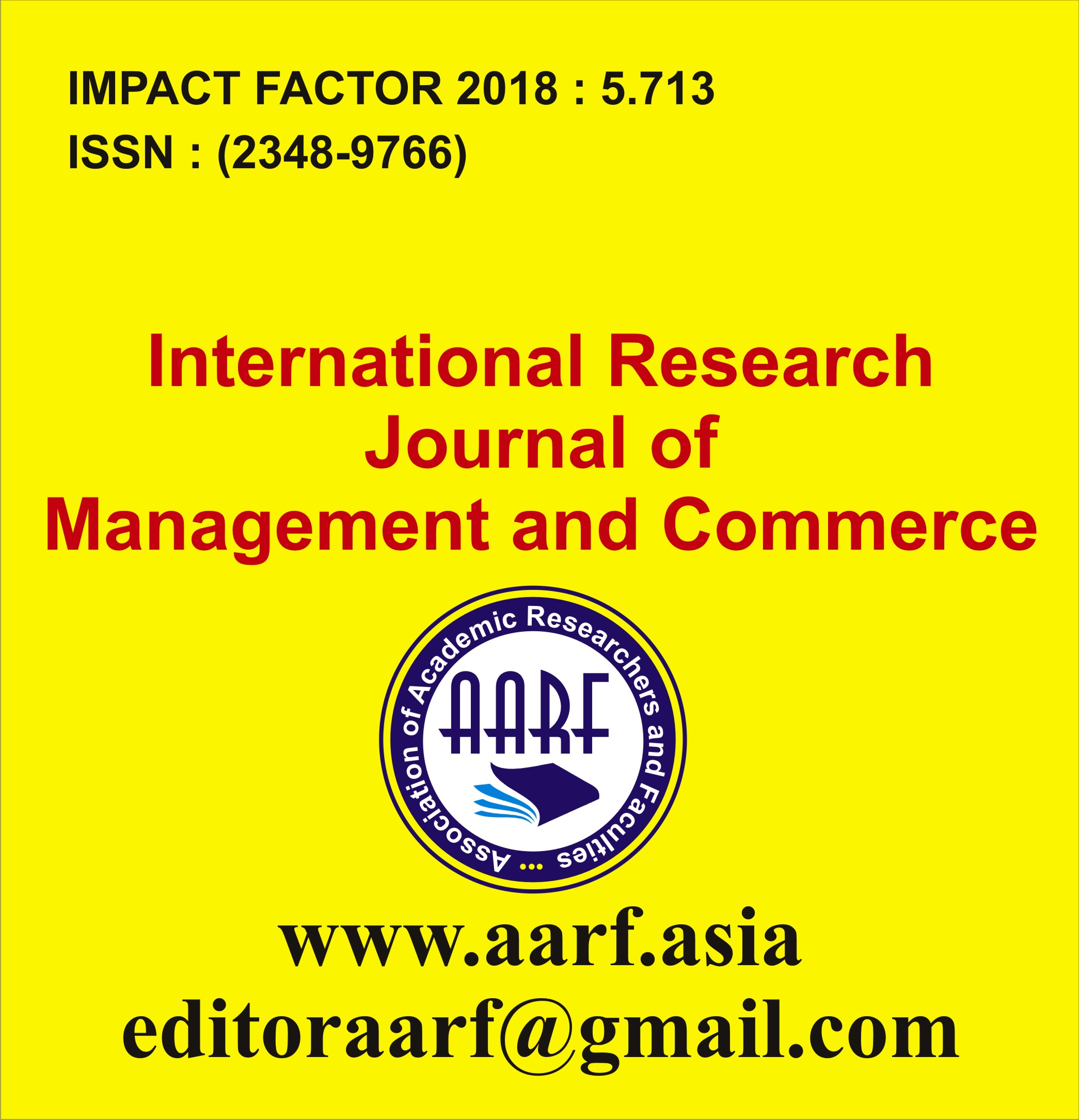Mr. Rishabh Jaiswal
Abstract:
Access to reliable electricity continues to be a major challenge in many rural and remote areas across the globe, where conventional grid connectivity is either unavailable or economically unfeasible. Solar panels, based on the photovoltaic effect, offer a sustainable and eco-friendly alternative by converting sunlight directly into usable electrical energy. This paper provides a physics-based explanation of how solar cells operate, focusing on semiconductor principles, photon absorption, and electron-hole pair generation, which together form the foundation of solar energy conversion. Furthermore, the study explores efficiency factors, including material quality, orientation, and storage integration, that influence overall system performance. Beyond the technical aspects, the paper emphasizes the transformative role of solar technology in rural electrification. Case studies illustrate how solar-powered systems enhance educational opportunities through digital learning tools, improve healthcare delivery with reliable lighting and refrigeration of medicines, strengthen communication through mobile charging and internet access, and support agricultural productivity via water pumping and irrigation. The discussion also addresses key challenges such as high installation costs, maintenance, and seasonal variability of sunlight. The analysis highlights solar energy as a practical and scalable solution for sustainable rural development while underlining the need for supportive policies, community participation, and technological innovation.























